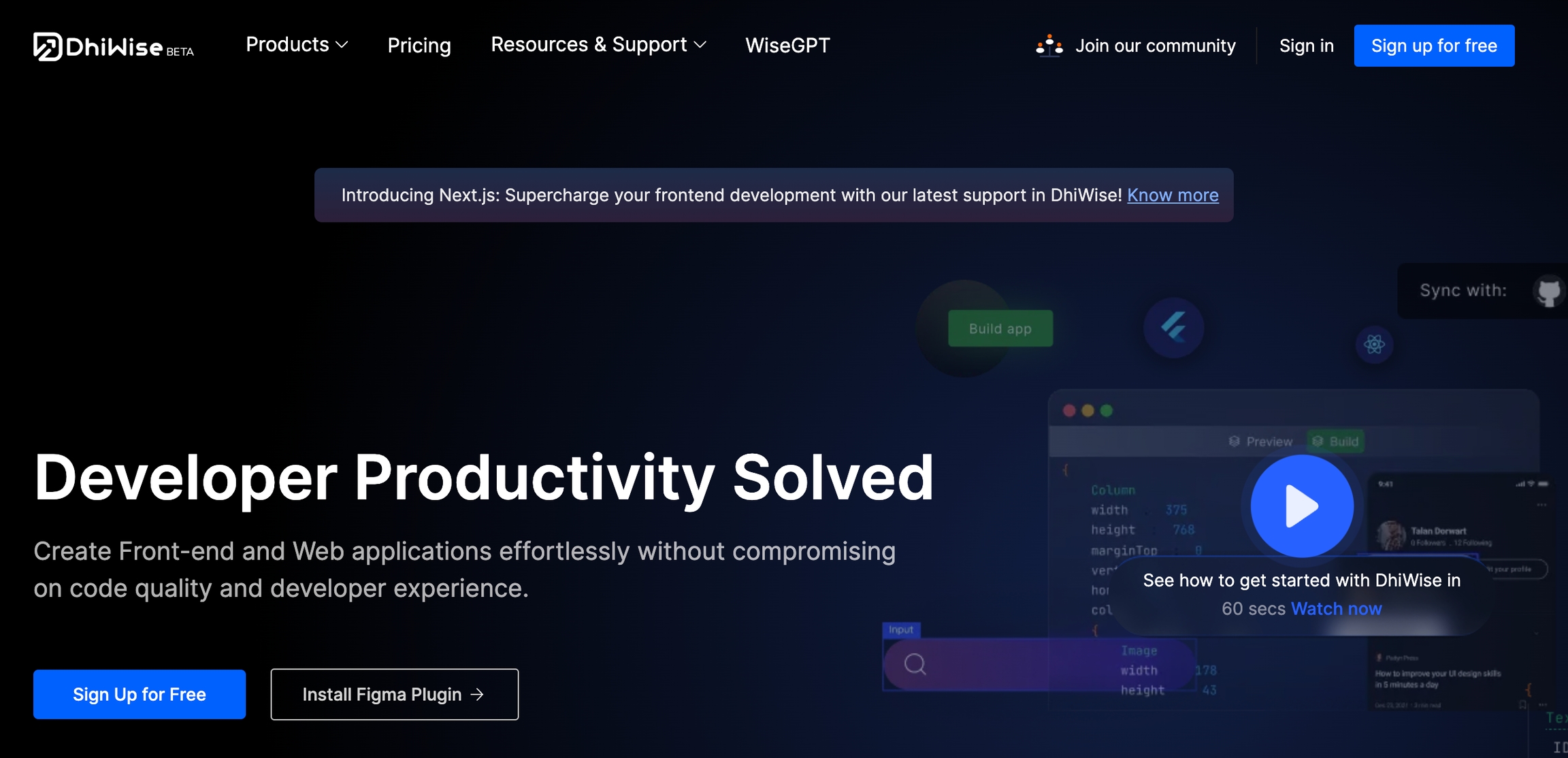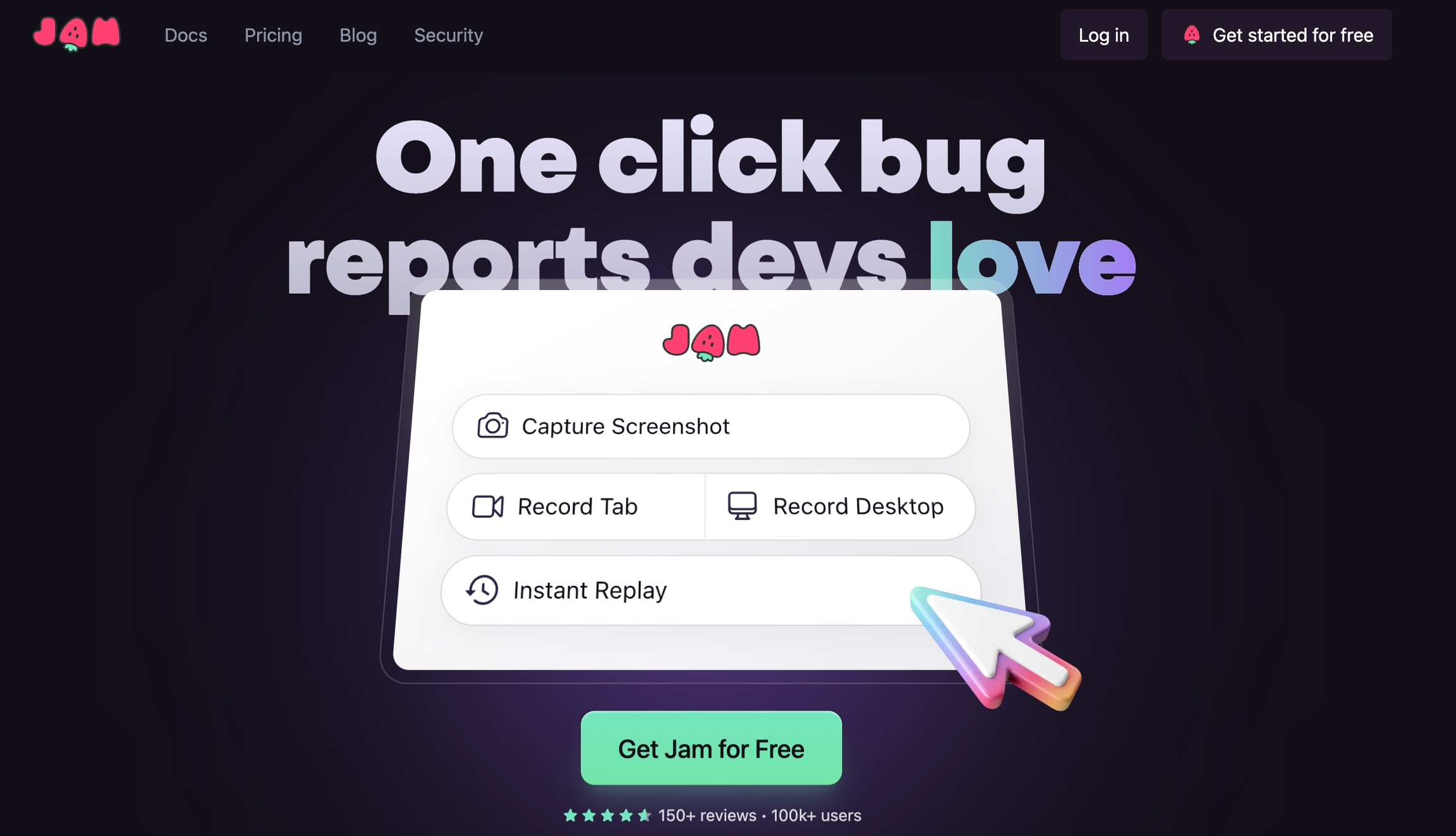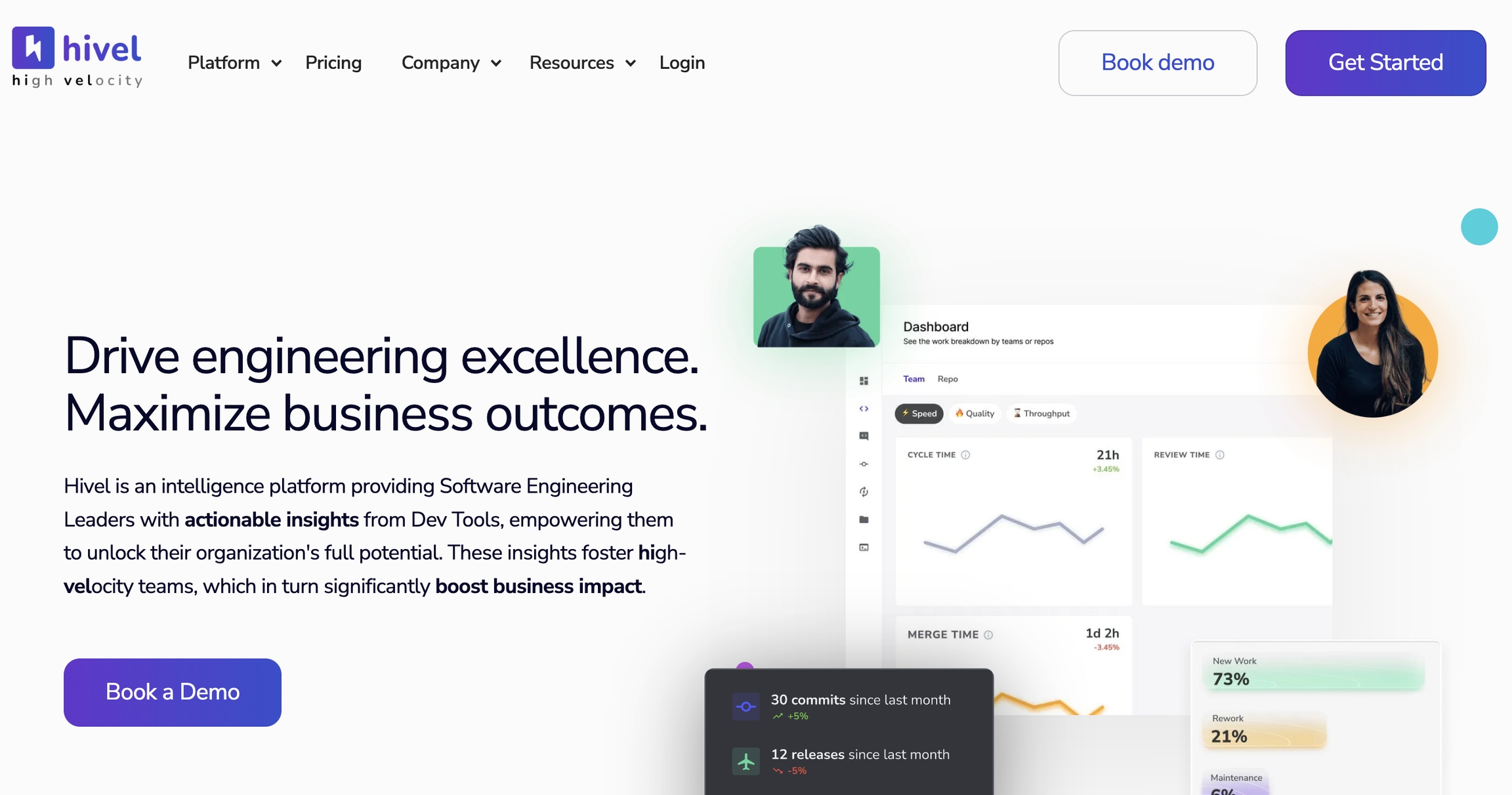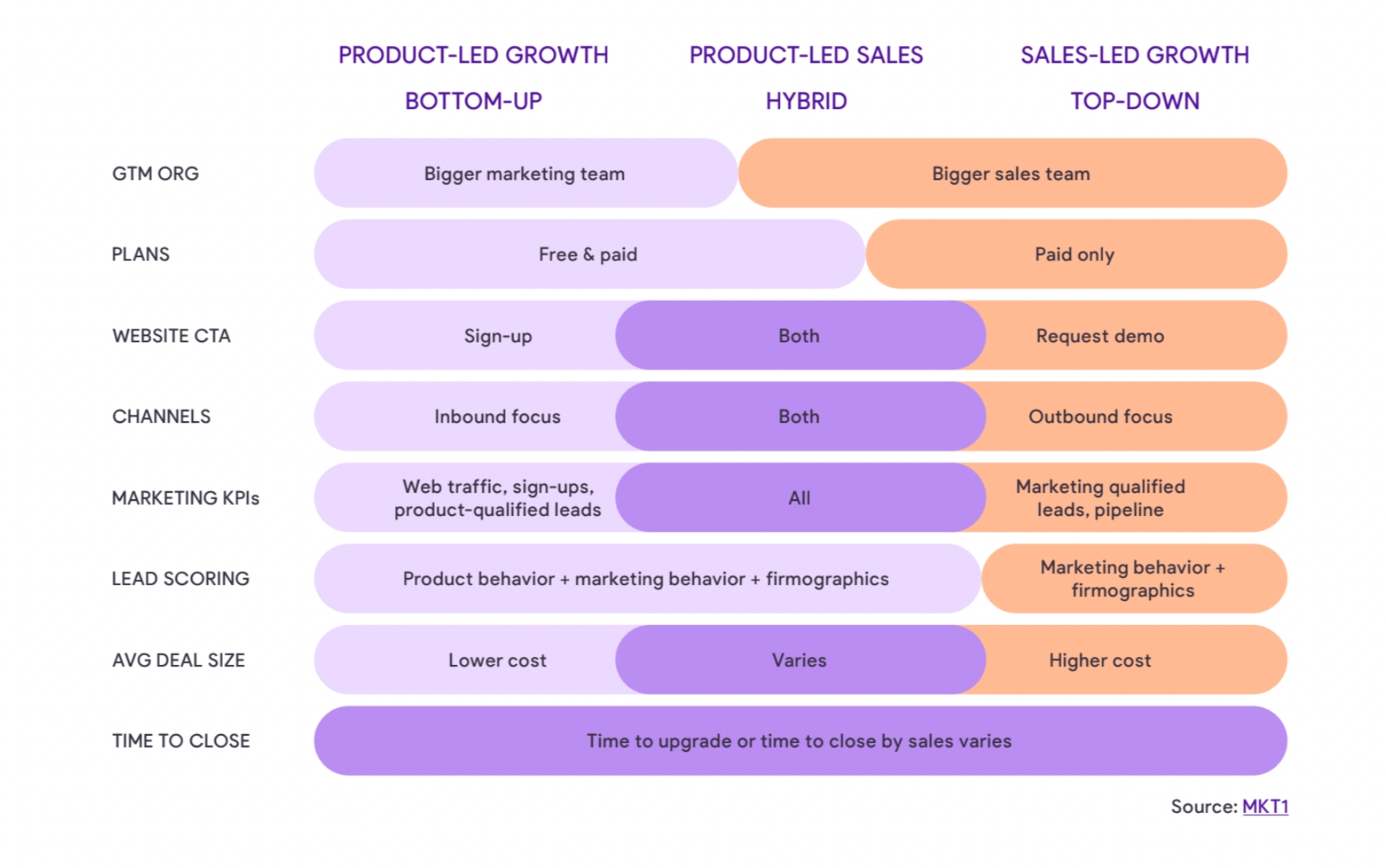🥉Three approaches to Developer GTM
Do you have any questions, need personalized guidance, or want to share your journey in this playbook? We'd love to talk to you. Reach out to us.
Before diving into the 3 GTM motions, here's the basic difference between Devtools and Dev Infra:
Dev Tool
A developer tool is any software or application that assists developers in writing, testing, debugging, and maintaining code. These tools are directly used in the development process to enhance productivity, improve code quality, and streamline workflows. Examples include:
Code Editors and IDEs: Visual Studio Code, IntelliJ IDEA, Sublime Text.
Version Control Systems: Git, GitHub, GitLab.
Debuggers: GDB, Chrome DevTools, Xdebug.
Performance Profilers: Valgrind, JProfiler.
Build Tools: Maven, Gradle, Webpack.
Testing Frameworks: JUnit, Selenium, Jest.
Dev Infra Tool
A developer infrastructure tool focuses on the infrastructure that supports the development lifecycle, providing the necessary environment and resources for development, deployment, and operation. These tools often involve automation, orchestration, and management of development environments and workflows. Examples include:
Continuous Integration/Continuous Deployment (CI/CD) Tools: Jenkins, CircleCI, Travis CI.
Containerization and Orchestration: Docker, Kubernetes.
Configuration Management: Ansible, Puppet, Chef.
Cloud Services: AWS, Azure, Google Cloud Platform (GCP) tools for managing infrastructure.
Monitoring and Logging: Prometheus, ELK Stack (Elasticsearch, Logstash, Kibana), Grafana.
Infrastructure as Code (IaC): Terraform, CloudFormation.
Here's an explanation of the three approaches to Developer GTM (Go-To-Market) and their rationales:
Product Led Growth (PLG):
Approach: PLG focuses on a complete self-serve model, where the product itself is the primary driver of user acquisition, adoption, and retention. It involves minimal to no manual intervention from sales or marketing teams.
Rationale: PLG is suitable for developer-focused products that are intuitive, easy to use, and offer immediate value to users. By prioritizing user experience and product usability, PLG aims to drive organic growth through word-of-mouth, viral adoption, and product referrals. This approach is cost-effective, scalable, and aligns well with the preferences of developers who often prefer to explore and adopt tools independently.
Formula: Inbound Discovery + Frictionless Adoption + Self-Serve Upgrade (Individual)
Example: Dhiwise

"We hardly do any demos. Even for enterprise clients."
-Vishal (Founder, Dhiwise)
Product and Founder-Led Sales (PLS):
You can easily replace Sales with Support here - your job as a founder is to be there for the user, get feedback from buyers, and build that trust to create early champions.
Approach: PLS combines elements of self-serve adoption with targeted engagement aimed at both users and buyers within organizations. It involves nurturing user adoption, identifying internal champions or influencers, and then the founder engaging with key decision-makers or buyers within those organizations.
Rationale: PLS recognizes the importance of user engagement and advocacy in driving adoption within organizations. By focusing on increasing user adoption and fostering internal champions, PLS builds credibility and trust within target organizations, making it easier to navigate complex buying processes and secure larger deals. This approach leverages the strengths of both product-led strategies and traditional sales, resulting in a more balanced and effective GTM strategy.
Formula: Inbound discovery + Frictionless adoption (more than one users in a team) + create internal champions + Founder selling to business unit (team)
Focusing solely on end users can work if everything related to the developer experience is in order. But during the early stages when things aren't all in order yet, founders need to create early adopters and champions among both users and buyers to get to adoption and revenue.
Example: Jam.dev
To understand more about how PLS and growth strategies in Devtools, we spoke to Jam.dev. Here are our learnings:

Jam recently 10x’ed their growth to over 100,000 users. We were curious about how they think about their users and how are they growing so fast. So we spoke to their founding marketer, Ivanha Paz. Jam's exponential growth can be largely attributed to its robust Product-Led Growth (PLG) strategy and the organic word-of-mouth engine it has cultivated. By prioritizing user experience and seamless onboarding, Jam has successfully transformed its product into a magnet for user acquisition and retention.
"Focusing solely on end-users can work if everything related to the developer experience is in order. But during the early stages when things aren't all in order yet, founders need to create early adopters and champions among both users and buyers to drive adoption and revenue."
The team spent quite some time making sure the "product experience" is elite. It also had to drive growth organically.
According to Ivanha, sharing is at the core of Jam's growth strategy. They've made it incredibly easy for users to share their creations with others, whether it's through social media channels, email, or direct links. By enabling seamless sharing, Jam not only amplifies its reach but also leverages the power of word-of-mouth marketing. As Ivanha put it:
"Our sharing features are like rocket fuel for our growth engine."
Onboarding is another area where Jam excels. Ivanha highlighted their user-friendly onboarding process, which guides new users through the platform's key features and functionalities. From interactive tutorials to personalized recommendations, Jam ensures that users feel confident and empowered from the moment they sign up.
"We want every user to have a 'wow' moment during onboarding, It's the first step towards building a lasting relationship with our platform."
Founders identify the organizations that are using JAM and reach out to the decision-makers who have the potential to pay. They figure out how many developers from each organization are using it. Additionally, they send personalized, milestone-based emails to top users. This hands-on approach not only strengthens the bond between the founders and the user base but also helps in understanding user needs and pain points firsthand.
Founder-led Sales (Top-Down):
Approach: The sales-centric approach, also known as top-down selling, primarily involves engaging directly with buyers or decision-makers within organizations. It typically relies on sales teams to identify, qualify, and close deals through targeted outreach and relationship-building efforts.
Rationale: The sales-centric approach is suitable for high-value or enterprise-grade developer tools that require personalized attention, customization, or integration support. By focusing on engaging with buyers and decision-makers, this approach aims to address specific business needs, overcome objections, and secure larger contracts or partnerships. While it may involve higher upfront costs and longer sales cycles, the sales-centric approach can lead to significant revenue opportunities and strategic partnerships.
Formula: Inbound & Outbound + Sales to Engineering leader/CXO + Company wide adoption post-sales
Example: Hivel

In a conversation with Sudheer, the founder of Hivel, we explored their GTM strategy as a new category creator:
Outbound sales was the way to go
One of the primary challenges Hivel faced was operating in a relatively new product category. Unlike established categories, where potential customers are already aware of their problems and actively seeking solutions, Hivel had to educate the market about the problem and its solution. Sudheer emphasized that their approach involved first aligning customers on the problem before introducing the solution. This step-by-step approach ensured that potential clients understood the value Hivel offered.
Being in a new category, we started by focusing on the problem space, aligning them on the problem before bringing them into the solution phase. It was important to handle their (CTO and Engineering leaders) objections before showing the demo. The demo was more of a technical validation after they understood the value.
-Sudheer (Founder, Hivel)
Hivel opted for a top-down approach, targeting CTOs and decision-makers rather than individual developers. This strategy was driven by the nature of their product, which requires broad visibility across an organization to deliver value. Sudheer explained that partial adoption (e.g., only a small team) would not provide the comprehensive insights necessary for meaningful decisions. Therefore, they pitched Hivel as a tool to be used across entire engineering teams, even if only for a short trial period.
Early Sales Strategy and Customer Acquisition
In the early days, Hivel focused on outbound sales, leveraging Sudheer’s network and cold outreach. This strategy was necessary due to the lack of search volume for their product. Sudheer highlighted that their initial sales efforts were directed at securing logos rather than revenue. This approach helped build credibility and demonstrate the product’s value through real-world use cases.
The first significant deals were closed by selling the vision and the team’s credibility. This approach required a high level of trust from early adopters, who believed in the team's ability to deliver the promised value. (As the focus was on going after larger dev teams).
"One of the most significant learnings was the importance of qualifying customers early. There’s always some good customers who move quickly and some who never move. It's not always about optimizing the sales cycle but about understanding and discovering the right people ahead of time."
-Sudheer (Founder, Hivel)
Content but for Outbound
Hivel also invested in content creation to educate the market. Although SEO was not initially effective due to low search volume for their product, content marketing played a crucial role in outbound efforts. By sharing insights and thought leadership, Hivel positioned itself as a knowledgeable player in the engineering productivity space.
"Inbound and outbound, there is no right answer to who should use it. It depends on the category and whether people are searching for solutions. If people aren’t searching for a solution, you have to knock on doors, explain the problem, and then present the solution."
-Sudheer (Founder, Hivel)
Example: Economize
Economize also took a Founder-led sales approach - it works really well because of the nature of their product which falls under "Infrastructure tools".
Outbound to decision-makers (buyer persona) has been working well.
Economize’s outbound strategy involves reaching out directly to potential users. They focus on personalized emails and follow-ups to start meaningful conversations and schedule demos.
“The person who finds us is usually the buyer, and they often invite others to try our platform,” Anirudh said. “Our goal is to engage these key people with tailored messages.”
Here’s how the process looks like:
Lead Generation: SEO, paid ads, and content marketing drive traffic to their site.
Sign-Up: Simplified sign-up methods, like Google sign-in, make it easy for users to get started.
Outreach: After sign-up, personalized emails and sequences are sent to schedule demos.
Demo and Conversion: The goal is to get users on a call, demonstrate the product, and help them integrate it.
Onboarding and Support: Ensuring a smooth onboarding experience and landing a "quick win" keeps users engaged.
“Our GTM process is designed to be smooth and user-friendly,” Anirudh (founder) shared. “We want every user to feel supported from the moment they find Economize. This approach helps us keep our customers happy and coming back.”
Victories don't come without challenges. Economize faces some challenges too, like ensuring high-quality leads and keeping their organic rankings strong. They also find it tricky to create effective ads and manage retargeting campaigns.
“We’re always trying to improve our lead quality,” Anirudh admitted. “It’s a balance between getting enough traffic and making sure those leads are ready to convert. Our retargeting campaigns are getting better, but there’s always more to learn.”
Despite these challenges, Economize is focused on what works and keeps refining their strategies. Anirudh believes that having more resources could help them execute their strategy more efficiently, but the core approach remains the same.
“More capital helps with resources and experimentation, but it doesn’t solve the GTM challenge,” Anirudh noted. “The key is to stay adaptable and hands-on.”
For bottom-up products, the key is to reach out to developers for feedback and get involved in developer communities. This helps you refine your product based on real needs and build a loyal user base from the ground up.
On the other hand, for top-down sales in dev infrastructure tools, it's crucial to target decision-makers and senior engineers directly. These products are usually sold based on business use cases and ROI, so this approach is more like a traditional B2B SaaS playbook. Coming back to GTM strategies: We found this matrix as well, explaining the key differences in these approaches:

When developing and selling tools for larger teams or building infrastructure solutions, human involvement becomes crucial for several reasons:
Sales Process Expectations: Enterprise buyers anticipate a significant level of human engagement throughout the sales process. Personal interaction and relationship-building are key.
Different Marketing Approaches: Unlike individual developers, enterprise buyers frequent different venues and networks. Consequently, your marketing strategies need to be tailored to these specific channels.
Structured Contracting: Enterprises expect a formal contracting process, which includes comprehensive legal reviews and approvals.
Detailed Pricing Negotiations: Pricing discussions with enterprise clients are typically thorough and involve detailed negotiations to align with their budgets and value expectations.
Buyer Influence: In the context of enterprise vendor selection, developers are rarely the primary decision-makers. Often, they have minimal influence on the purchasing decision.
Feature Comprehensiveness: Enterprises place a high value on the breadth and depth of features offered by a tool, far more than early-stage startups might. Ensuring your product meets these comprehensive needs is essential for enterprise adoption.
Additional resources:
Last updated
Was this helpful?